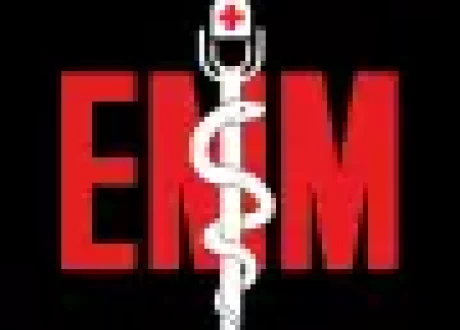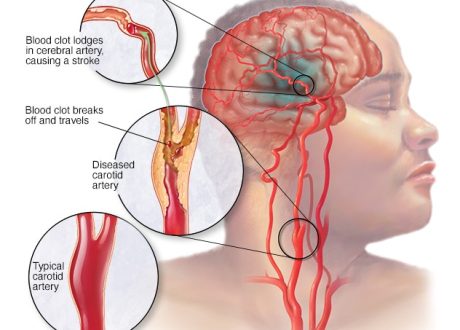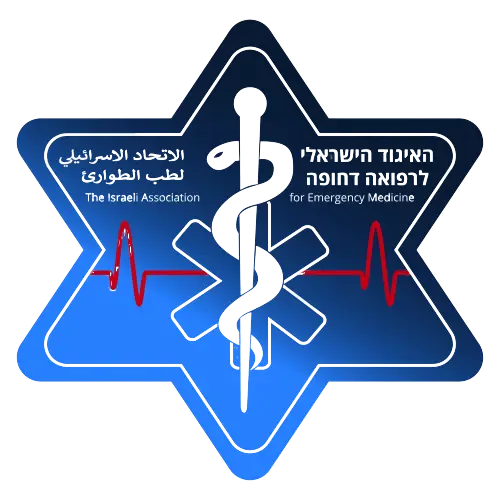Podcast: Play in new window | Download
TAKE-HOME MESSAGE
- The key take-home messages from the 2023 guidelines for the diagnosis and management of atrial
 fibrillation (AF) focus on the new AF classification using stages, recognizing AF as a disease continuum requiring diverse strategies to address risk factors. Emphasis is placed on early rhythm control, with catheter ablation receiving a class I indication as a first-line therapy, particularly for patients with heart failure. The updated recommendations also address device-detected AF, and left atrial appendage occlusion devices have been upgraded to a class 2a recommendation for patients with long-term contraindications to anticoagulation.
fibrillation (AF) focus on the new AF classification using stages, recognizing AF as a disease continuum requiring diverse strategies to address risk factors. Emphasis is placed on early rhythm control, with catheter ablation receiving a class I indication as a first-line therapy, particularly for patients with heart failure. The updated recommendations also address device-detected AF, and left atrial appendage occlusion devices have been upgraded to a class 2a recommendation for patients with long-term contraindications to anticoagulation.
- These 2023 ACC/AHA/ACCP/HRS guidelines for AF offer updated recommendations for clinicians managing patients with AF.











This lengthy document co-authored by four prestigious medical organizations — the ACC, AHA, ACCP, and HRS — serves as a beacon to guide clinicians all over the world in the diagnosis, evaluation, and treatment of patients with atrial fibrillation (AF). However, the writer in me could not avoid commenting on an early sentence, “Atrial fibrillation is the most sustained common arrhythmia….” The word “most” should modify “common” not “sustained,” so the sentence should be “Atrial fibrillation is the most common sustained arrhythmia….” Aside from minor grammatical missteps, the document offers a superb standard on how to approach this troublesome arrhythmia.
The take-home messages include:
The use of a classification system that recognizes AF as a disease continuum requiring a variety of strategies at its different stages, from recognition to prevention, lifestyle, and risk-factor modification, to screening and therapy. Risk-factor modification and prevention are emphasized throughout the disease, with a management continuum that includes addressing obesity with weight loss, physical activity, smoking cessation, alcohol moderation (I would suggest total cessation), and the control of hypertension and other comorbidities.
The use of clinical risk scores beyond CHA2DS2-VASc for the prediction of stroke and systemic embolism based on yearly thromboembolic event risk assessment. For example, patients with AF and at an intermediate annual risk of thromboembolic events (<2%) may benefit from factoring in additional influences that might modify their risk of stroke and impact the consideration of anticoagulation. These include a higher AF burden, persistent or permanent versus paroxysmal AF, obesity, hypertrophic cardiomyopathy, poorly controlled hypertension, reduced renal function, sleep disorders, and an enlarged left atrium.
Emphasis on early rhythm control rather than rate control to maintain sinus rhythm and minimize AF burden. Catheter ablation achieved a class 1 indication as a first-line therapy in selected patients because of its superiority over drug therapy, especially in patients such as those with HFrEF.
The use of devices such as implantable pacemakers and defibrillators as well as wearable devices to assess the interaction between episode duration and the patient’s underlying risk for thromboembolism. Employment of left atrial appendage occlusion devices has been upgraded to class 2a recommendation in patients with long-term contraindications to anticoagulation. Finally, the guideline calls attention to patients who develop AF during noncardiac medical illness by noting they are at an increased risk of recurrent AF.
Physicians who care for patients with AF need to study this document carefully for the latest concepts